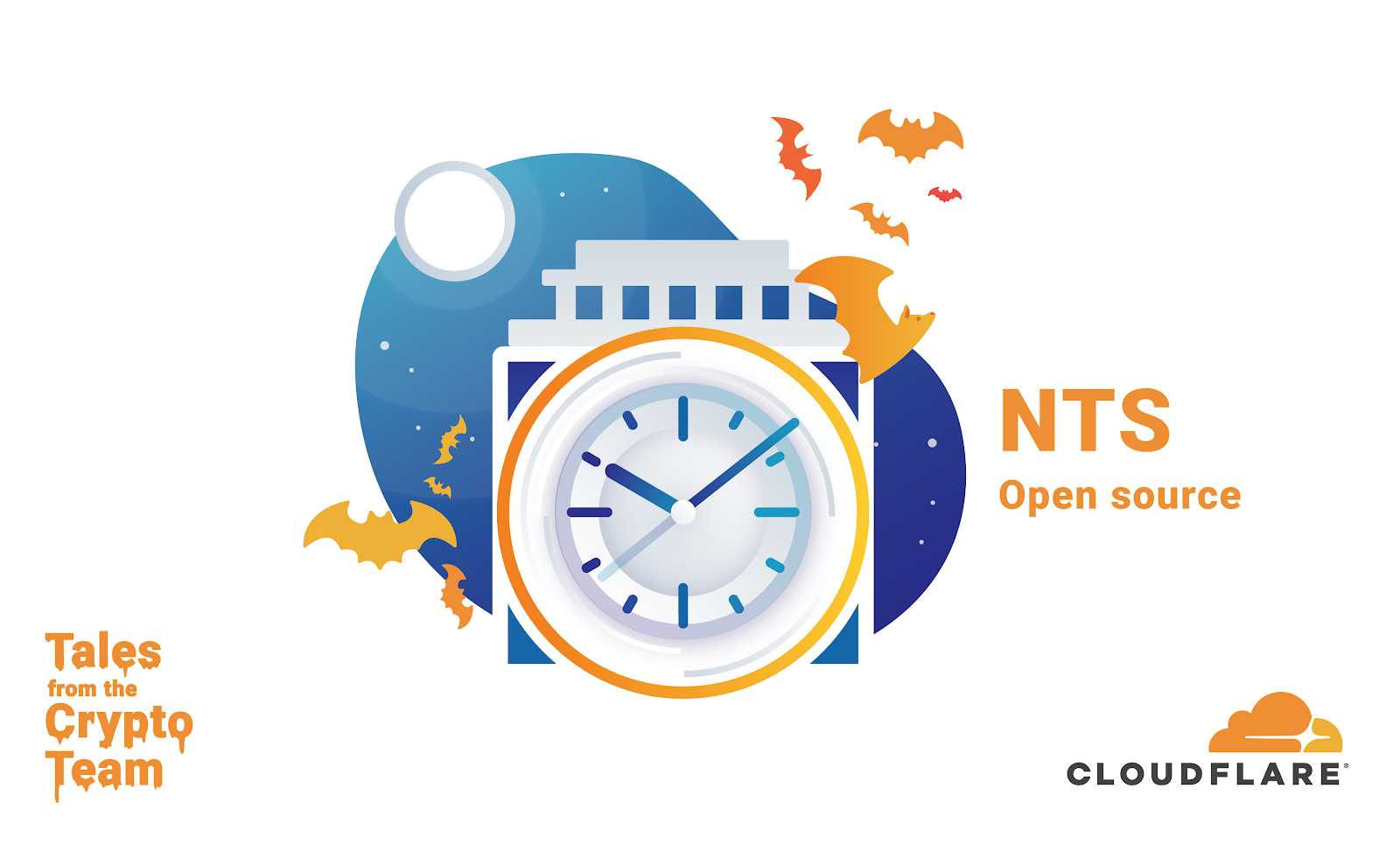Nokia’s SOAR Lineup Tackles 5G, IoT Security
“Basically 60% of the devices we are monitoring are IoT devices, and 78% of the malware we are...
What Scary Movies Can Teach Us About Internet Trust

Mad geniuses. Evil dolls. Slow zombies. This Halloween, we’ll see all of these horror film clichés come to life. Sure they’re fun, but are there lessons we can learn from them? What if they could teach us what not to do? We looked at seven scary tropes and what they might teach us about Internet trust.
The call is coming from inside the house.

The phone calls keep coming, each one scarier than the last. Ring. “Are you home alone?” Ring. “Have you locked the doors?” Ring. “Look in the basement.” It’s only then you realize the stalker has been in the house all along.
We lock our doors to make our homes more secure, but we don’t always think about the security of the things we connect to our home networks. An insecure connected device can put your whole network and the devices on it at risk. Meaning, yes, the cybersecurity threat could be coming from inside the house. By protecting your home network, you limit your devices’ exposure to online threats and help mitigate the risk they may pose to others. You can make your network more secure by using encryption, a strong password, and Continue reading
Announcing cfnts: Cloudflare’s implementation of NTS in Rust


Several months ago we announced that we were providing a new public time service. Part of what we were providing was the first major deployment of the new Network Time Security (NTS) protocol, with a newly written implementation of NTS in Rust. In the process, we received helpful advice from the NTP community, especially from the NTPSec and Chrony projects. We’ve also participated in several interoperability events. Now we are returning something to the community: Our implementation, cfnts, is now open source and we welcome your pull requests and issues.
The journey from a blank source file to a working, deployed service was a lengthy one, and it involved many people across multiple teams.
"Correct time is a necessity for most security protocols in use on the Internet. Despite this, secure time transfer over the Internet has previously required complicated configuration on a case by case basis. With the introduction of NTS, secure time synchronization will finally be available for everyone. It is a small, but important, step towards increasing security in all systems that depend on accurate time. I am happy that Cloudflare are sharing their NTS implementation. A diversity of software with NTS support is important for quick Continue reading
Junos – Loading Configs – 2 of 5 – Patch
This is the second post in the Loading Configs series. In this post, we will cover the load patch command. …
The post Junos – Loading Configs – 2 of 5 – Patch appeared first on Fryguy's Blog.
Upcoming Events and Webinars (November 2019)
In November 2019 we’ll continue the crazy pace of autumn 2019 webinar season:
- I’ll talk about network addressing on November 5th (not sure I’ll get to the routing part in the same live session);
- In the next live session in our network automation course, Hans Verkerk will describe how he mastered Python and started using it in his network automation projects on November 12th;
- On November 14th I’ll start the VMware NSX-T saga (expect at least three live sessions - the second and the third one are scheduled for November 21st and 26th);
- Christopher Werny will talk about enterprise aspects of IPv6 security on November 19th;
Digital Realty Pays $8.4B for Interxion’s European Data Centers
The deal expands San Francisco-based Digital Realty’s European footprint and better positions it...
How SD-Branch Changes The Business Game
SD-branch is the next logical step from SD-WAN, creating a software-defined branch that's easily...
Deutsche Telekom Tackles Cyber Theft, Cloud Management
The operator also unveiled a partnership with Siemens to deliver corporate services to German...
NetApp Financial Woes Loom Over Keystone Launch
NetApp executives say the company’s all-flash and hybrid storage arrays have been a burden on...
Observability in Data Center Networks
Observability in Data Center Networks: In this session, you’ll learn how the sFlow protocol provides broad visibility in modern data center environments as they migrate to highly meshed topologies. Our data center workloads are shifting to take advantage of higher speeds and bandwidth, so visibility to east-west traffic within the data center is becoming more important. Join Peter Phaal—one of the inventors of sFlow—and Joe Reves from SolarWinds product management as they discuss how sFlow differs from other flow instrumentation to deliver visibility in the switching fabric.THWACKcamp is SolarWinds’ free, annual, worldwide virtual IT learning event connecting thousands of skilled IT professionals with industry experts and SolarWinds technical staff. This video was one of the sessions.
Qualcomm-Backed Particle Banks $40M to Expand IoT Platform
“We have the largest developer community in the [IoT] industry. Almost 200,000 folks build their...